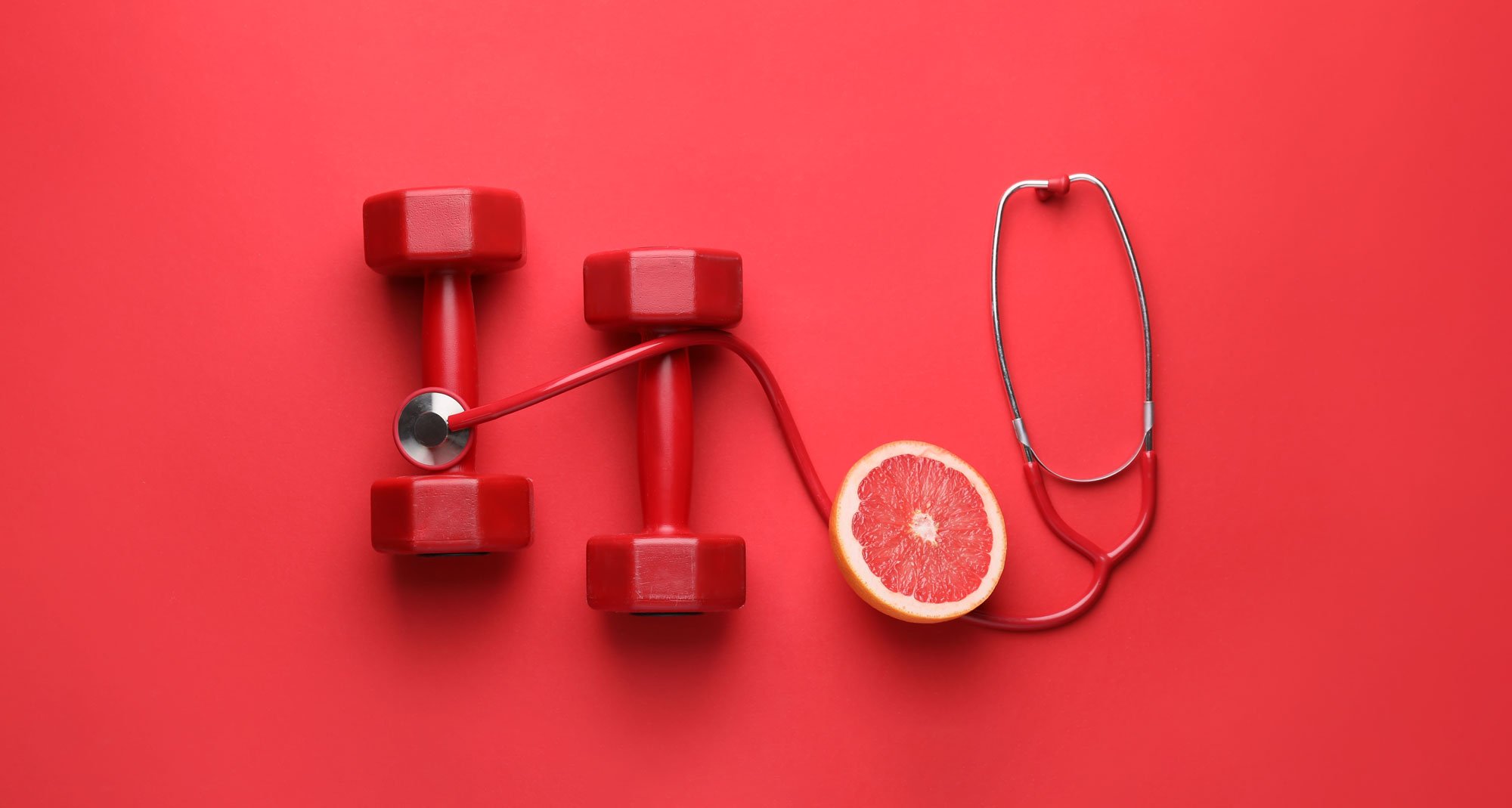Ah, daylight savings time (DST) – that bi-annual ritual that either grants us an extra hour of sleep or snatches it away, depending on the time of year. While the concept might seem a bit antiquated in today’s 24/7 world, it’s still a reality for many of us. Adjusting to the change can be a bit of a challenge, but fear not! As your friendly family medicine physician, I’ve compiled some tried-and-true tips to help you smoothly transition into and out of daylight savings time. So grab a cup of your favorite beverage, and let’s dive in!
1. Gradual Adjustment is Key
Let’s start with the basics. Whether we’re “springing forward” or “falling back,” our internal clocks need a little time to catch up. A great strategy is to gradually adjust your sleep schedule a few days before the time change. Try shifting your bedtime and wake-up time by 15 minutes each day until you meet the new time. This gentle nudge can help your body ease into the transition without too much shock.
2. Soak Up Some Sun
Sunlight plays a crucial role in regulating our body’s internal clock, or circadian rhythm. When daylight savings hits, make an effort to expose yourself to natural light during the morning hours. This will help reset your internal clock and reduce feelings of grogginess. A morning walk or even a coffee on your porch can do wonders for your mood and alertness throughout the day.
3. Watch Your Caffeine Intake
For many of us, caffeine is a non-negotiable part of our daily routine. However, when adjusting to a time change, it’s wise to keep an eye on when and how much caffeine you consume. Try to avoid caffeinated beverages in the late afternoon or evening, as they can interfere with your ability to fall asleep at your new bedtime. Herbal teas can be a great alternative if you’re looking for a warm, comforting drink without the caffeine kick.
4. Create a Restful Environment
Creating a sleep-friendly environment is essential for good sleep hygiene, especially during the adjustment period of daylight savings. Make sure your bedroom is cool, dark, and quiet. Consider investing in blackout curtains if early morning light disrupts your sleep or using white noise machines to drown out any disruptive sounds. The goal is to make your sleep space as inviting and conducive to rest as possible.
5. Stay Active
Regular physical activity can help you fall asleep faster and enjoy deeper, more restorative sleep. However, timing is everything. Engaging in vigorous exercise too close to bedtime can be stimulating and make it harder to wind down. Aim to complete any intense workouts at least a few hours before you plan to sleep. Evening activities like gentle yoga or stretching can actually promote relaxation and prepare your body for bedtime.
6. Mind Your Meals
Our eating habits can also influence how well we adjust to the time change. Eating heavy meals or spicy foods too close to bedtime might lead to discomfort and disrupt your sleep. Try to have your last major meal of the day at least a few hours before you go to bed. If you find yourself hungry closer to bedtime, opt for a light, easily digestible snack.
7. Limit Screen Time
In today’s digital age, this tip is easier said than done. Yet, the blue light emitted by screens can interfere with our natural sleep-wake cycles. Make an effort to put away electronic devices at least an hour before bedtime. This can help signal to your brain that it’s time to wind down. Instead of scrolling through social media or responding to emails, consider reading a book or journaling to help relax your mind before sleep.
8. Be Patient with Yourself
Finally, be kind and patient with yourself during this transition. It’s normal to feel a bit off as your body adjusts to the new schedule. Give yourself permission to take it easy and listen to what your body needs. If you’re feeling especially tired, short naps (20-30 minutes) can be beneficial, but try not to rely on them as a long-term solution.
In the grand scheme of things, daylight savings time is just a small bump in the road. With a little preparation and some mindful adjustments, you can navigate this change like a pro. Remember, I’m here to support you in all things health-related. If you’re struggling to adjust or have concerns about your sleep, don’t hesitate to reach out to your local PCP.
Wishing you a smooth transition and restful nights!
For more tips to help with your sleep see my other blog post: Sweet Dreams: A Comprehensive Guide to Improving Sleep Quality
I hope this blog post offers you practical, manageable tips to adjust to daylight savings time. Remember, small changes can make a big difference in how you feel. Stay healthy and take care!





